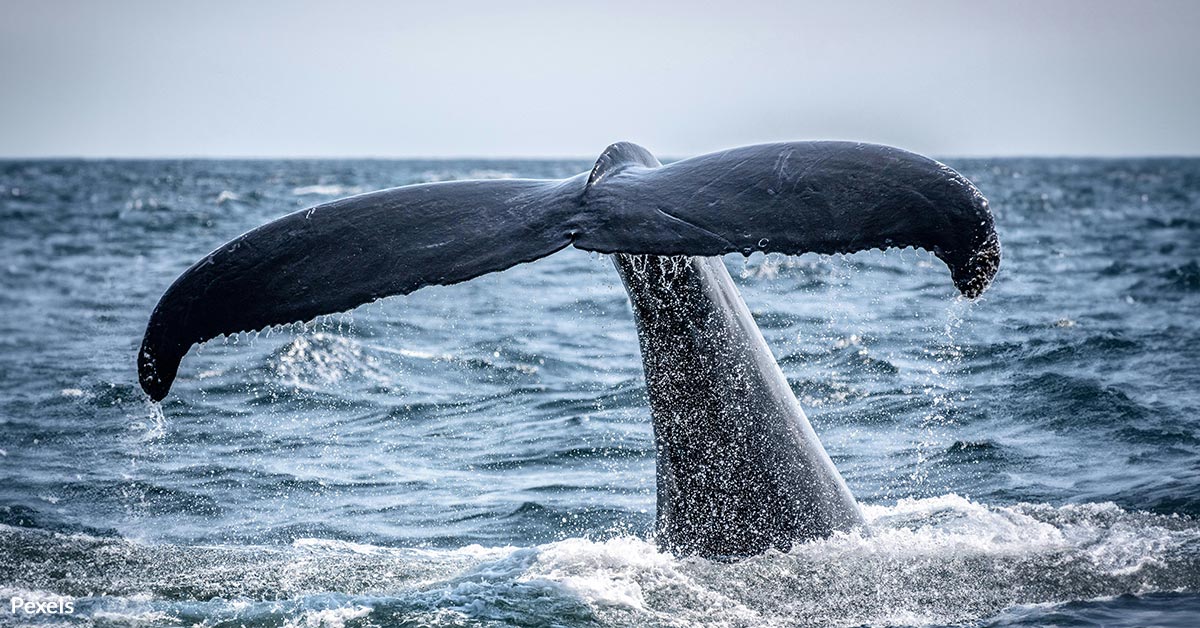Atlantic Patch Plunges into Mysterious Freeze
A mysterious cooling patch has emerged in the central equatorial Atlantic. The water dropped from record-high temperatures to unusually cool levels within months. Scientists are puzzled by this dramatic change.

Photo: Pexels
A vast Atlantic patch has cooled at record speed.
Unexpected Temperature Swing
The Atlantic experienced its warmest spell in over 40 years in 2024. Surface temperatures soared above 30°C. Then, in June, the region began cooling rapidly, according to the Daily Mail. By mid-June, temperatures were nearly 1°C below average. Such a swift drop is unheard of in recent history.
Researchers from the National Oceanic and Atmospheric Administration (NOAA) and other agencies are watching the area closely, reports Live Science.
Confounding Factors
Typically, cooler waters in the tropical Atlantic occur when strong trade winds force upwelling. In this case, however, the winds were weaker than expected. This deviation goes against the norm. Some intense winds appeared in early May, but they did not persist. The usual atmospheric drivers seem absent.
The puzzling aspect is that the cooling occurred even when conditions usually favor warmth. Satellite data and buoy readings confirm that the cooling patch stretched several degrees north and south of the equator. The rapid temperature drop has no clear explanation from current climate models, Agence France-Presse reports.

Photo: Pexels
Scientists remain puzzled by the rapid shift.
Signs of an Atlantic Niña?
The shift in sea surface temperatures hints at an Atlantic Niña event. This pattern, similar to the more famous Pacific El Niño–La Niña cycle, occurs when the equatorial Atlantic cools for an extended period. For such an event, temperatures must remain below average for at least three months.
As the NOAA reports, if this trend holds, the region could officially enter an Atlantic Niña phase. NOAA scientists stress that such natural variations have significant impacts on regional weather patterns. Changes in rainfall, shifts in storm activity, and altered wind patterns are all possible consequences.
In contrast to the well-documented warm events of the past, this cooling came after an unprecedented heat spike. The contrast is striking. Researchers note that the cooling might dampen the threat of hurricanes emerging in other parts of the Atlantic. Some models suggest that a cooler Atlantic could lower tropical cyclone activity near regions like the Cape Verde Islands, reports the New Scientist.

Photo: Pexels
NOAA experts monitor the equatorial region closely.
Not a Denial of Global Warming
The rapid cooling in one patch does not challenge global warming trends. While parts of the Atlantic have cooled, overall ocean temperatures continue to rise worldwide. Global sea surface temperatures reached record highs in July 2024, even as this equatorial segment cooled, AFP reports.
Experts caution against drawing broad conclusions from one localized event. They emphasize that natural climate variability can produce such anomalies. The global trend remains firmly upward due to human-caused greenhouse gas emissions.

Photo: Pexels
Researchers note the change is unprecedented.
Unanswered Questions Remain
Scientists continue to explore possible explanations. Some hypotheses include transient shifts in ocean currents or unique atmospheric heat fluxes. The unusual weakening of trade winds may play a role, Live Science reports. Researchers are also investigating whether a combination of factors is at work. The cold patch, while temporary, could provide valuable insights into the behavior of tropical ocean systems.
More data and detailed analysis are needed to uncover the precise mechanism behind the sudden cooling. In the meantime, monitoring continues. Scientists use satellites, buoys, and advanced computer models to track the temperature swing. The data gathered will help improve future forecasts and refine climate models. Understanding these short-term variations is critical for predicting long-term climate behavior. It may also aid in preparing for possible weather extremes linked to Atlantic Niña events.
This record cooling patch serves as a reminder of the ocean’s dynamic nature. Even in a warming world, nature can surprise us with rapid shifts. The mystery of the cooling Atlantic remains unsolved for now, but scientists are determined to find answers. Further research will reveal whether this event is a fleeting anomaly or a harbinger of broader changes in the tropical Atlantic climate system.





























































































































































































































































































































































